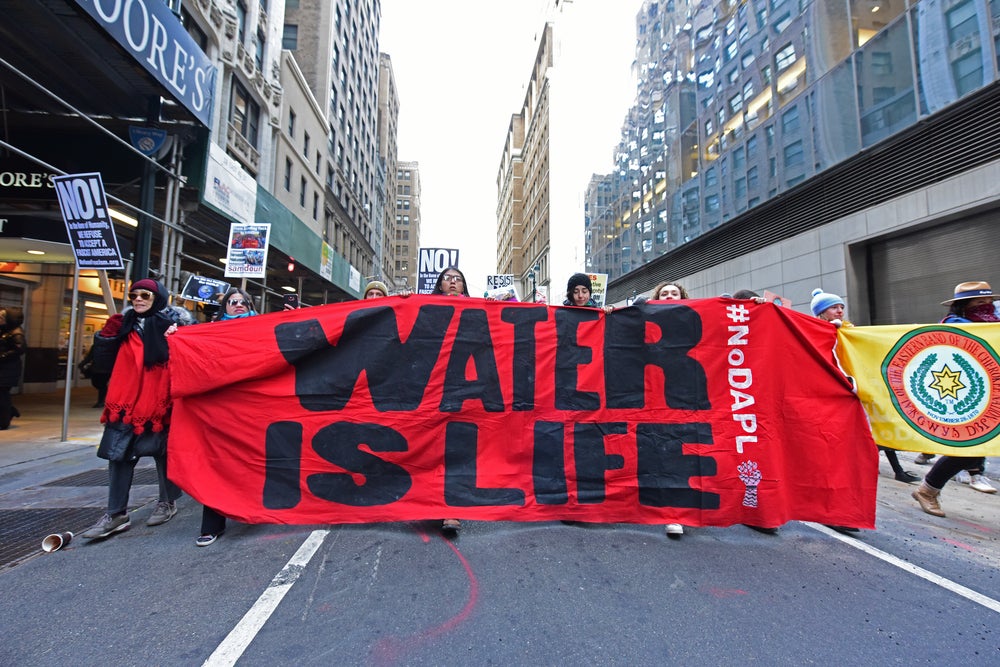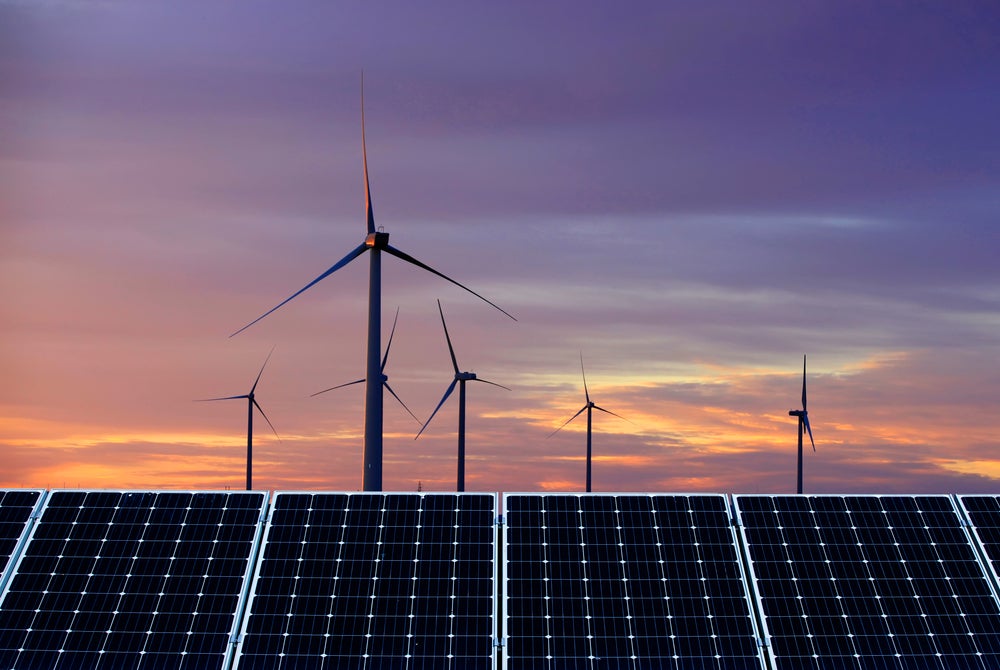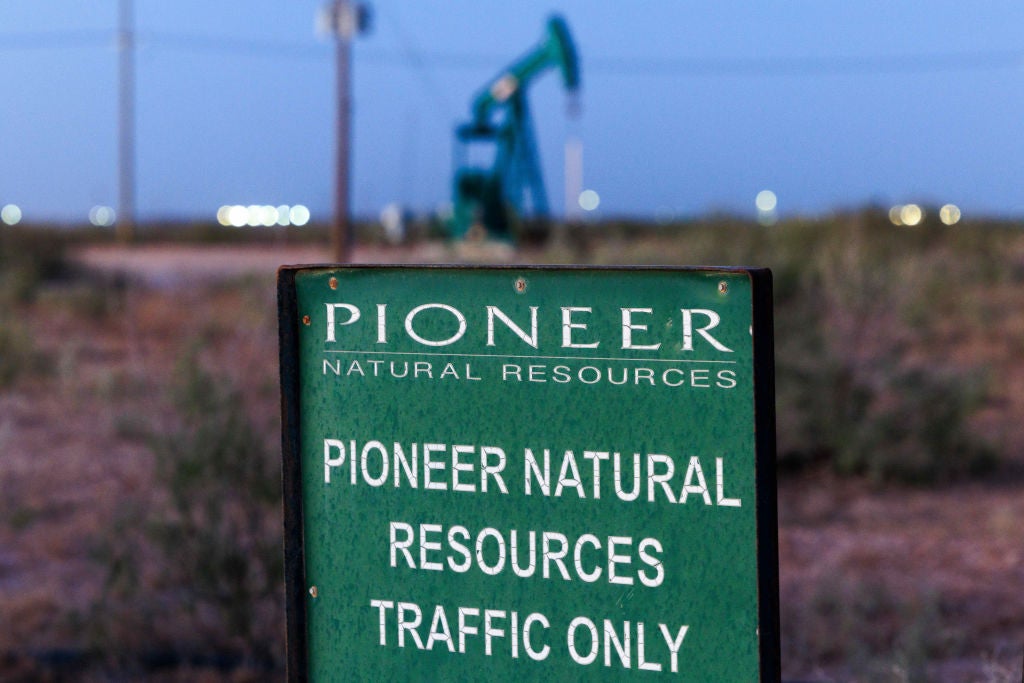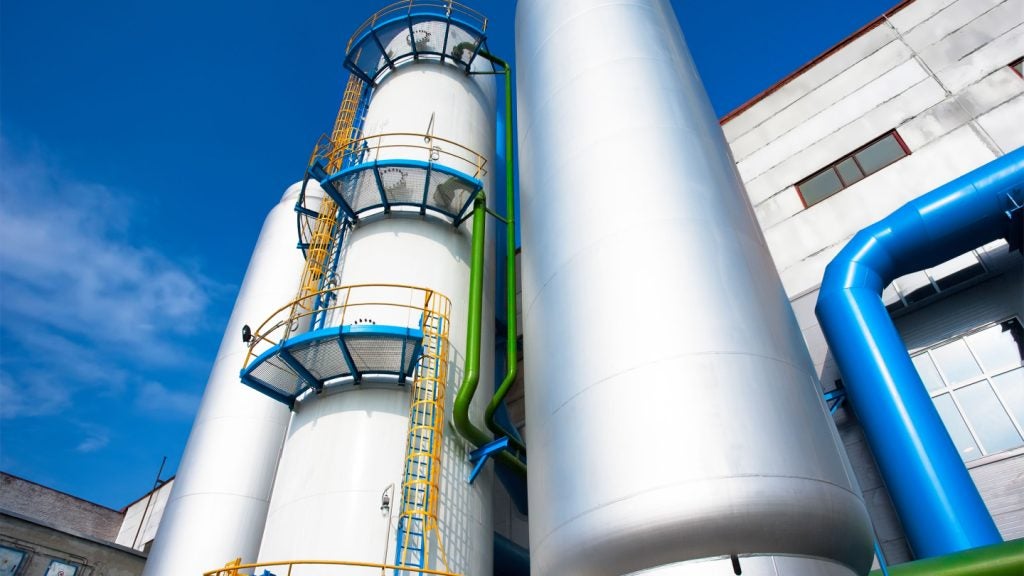Companies involved in the global energy transition are highly exposed to water security risks and are already seeing some of their assets becoming stranded as the result of a global water crisis, according to research from CDP, a non-profit that runs an environmental disclosure system for companies, cities, states and regions.
A recent CDP report highlighted the central role water will play in the transition to a carbon-free energy system. At the same time, the unsustainable withdrawal of global water resources above natural recharge rates poses a severe threat to human health, food security and environmental sustainability; and escalating water scarcity is predicted to affect two-thirds of the world’s population by 2025. The CDP research reveals how companies and investors are responding to the water crisis.
“If we ignore the water crisis it will slow down and create barriers to the energy transition,” says Adam Wentworth, a spokesperson for CDP. “Pressures on water availability are leading to potential risks to production capacity and even plant closures.”
Water security risks for companies involved in the energy transition come in various guises: there are physical risks related to issues such as drought, flooding and water quality; regulatory risks from the increasing stringency and number of rules for water use; market and reputational risks from local community opposition and stakeholder concerns; and technological risks, where companies are left behind by innovation and lagging investment in new technologies.
Of the 82 fossil fuel companies that disclosed water-related data to CDP in 2022, 16 reported potential risks to production capacity because of water issues and one reported a potential plant closure. In the power sector, 21 of 56 renewable and gas-fired plants that disclosed water-related data reported risks to production capacity, with five plants at risk of closure. Around 92% of the power companies and 80% of the fossil fuel companies carried out water-related risk assessments for new projects, compared with 62% across all the other industries reporting to CDP.
Mining is another industry that is critical to the energy transition, with technologies such as solar panels, electric vehicles and batteries all highly dependent on the mining of minerals like lithium, cobalt and nickel. Of the 42 mining companies that responded to CDP’s request for data, all belong to industries that CDP deems to have a "critical impact on water supplies". A further 20 miners reported production capacity was at risk because of water-related issues, with one mine threatened with closure.
“In the push to wean ourselves off fossil fuels, we are failing to see the dangers caused by a lack of available freshwater,” Patricia Calderon, associate director of water for CDP, said in a press statement.
“Energy and water are deeply dependent on each other. Water supplies are becoming ever more fragile, and we urgently need to value what’s left. This means investors and companies financing energy projects should take immediate steps to understand and manage their water risks and impacts. This is especially important for the fast-growing clean energy market. If we get this right, we not only protect water supplies but the many new jobs created by the switch to renewable energy.”
In 2022, 4,815 companies responded to CDP’s request for water security data – a 98% increase over the past five years. There was a 28% increase in the financial sector, with 350 of the world’s largest banks, insurers, asset managers and asset owners – representing an estimated market capitalisation of more than $4.3trn – submitting water data to CDP. The majority of respondents came from Europe, followed by Asia-Pacific and North America.
“The water crisis is highly locational; there are particular river basins that are exposed – for example, the Colorado River and Mississippi in North America,” says Wentworth. In Asia, around $4trn is at risk from the region’s dependence on ten crucial river basins, and 2.3% of China’s gross domestic product has already been lost due to water scarcity, according to the non-profit China Water Risk.
Previous CDP research has revealed the extent to which the financial industry is exposed to the water crisis – with financial institutions having provided $2.5bn to water-intensive companies over the past decade via bonds, loans and equity stakes. These investments are encountering problems as more energy projects become exposed to the water crisis. In 2022, an estimated $13.5bn was stranded across four key infrastructure projects analysed by CDP – Canada’s Keystone oil pipeline, the Pascua-Lama gold mine in Chile and Argentina, Australia’s Adani coal mine and the Oyster Creek nuclear facility in the US – and a further $2bn was at risk across the oil and gas, electric utilities, coal, and metals and mining sectors.
“Financial institutions are becoming more aware of the risks posed by water security on their investments," said Calderon. "CDP data illustrates that while there are stand-out examples of investors taking action, there is a whole industry which is yet to sit up and take notice of the economic dangers on their doorstep."
Looking ahead, the water crisis is expected to escalate quickly: the UN forecasts a 40% shortfall of available global water supply by 2030, while the World Wildlife Fund has estimated fresh water’s value to the global economy at $58trn.
In addition, 4% of the world's carbon emissions could be saved within the global water sector, according to recent research by WaterAid's Resilient Water Accelerator and the Voluntary Carbon Market Integrity Initiative. The findings indicate more than 1.3 billion tonnes of CO₂-equivalent mitigation potential per year in the global water sector, equivalent to nearly half of the EU’s annual emissions. The research found that by delivering improvements in coastal blue carbon, wastewater treatment, drinking water treatment and irrigation, as well as energy efficiency broadly, water security could be improved while generating carbon credit emission reductions.














